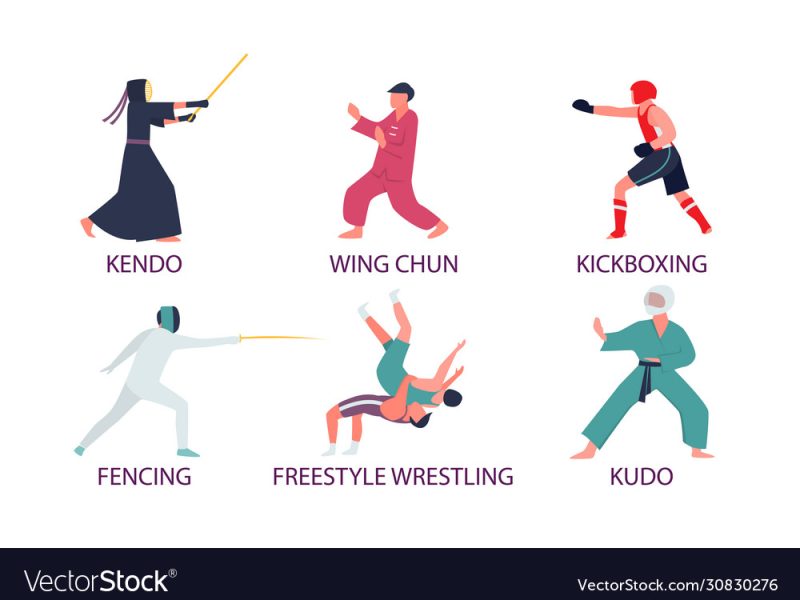Concrete is a global building material. Durable and fire-retardant, it reduces maintenance costs after construction is complete.
As well as being used for building the skeleton of buildings, steel is often employed in dam construction due to its strength and durability.
Strength
Concrete slabs Melbourne is a composite material composed of an aggregate (rocks, stones and sand) held together by cement matrix. Its strength comes from both compressive and tensile strengths; concrete can be used to construct large dams as well as smaller structures like sidewalks and driveways. Furthermore, its use helps reinforce steel in bridges and other larger structures.
Concrete has high compressive strength but lower tensile strength than steel, but reinforcement increases this property of concrete to increase tensile strength further. Tensile strength also depends on aggregate size and the type of cement used.
Concrete is a highly customizable material, capable of accommodating many different aggregates and additives. Some admixtures, such as accelerating and air-entraining admixtures, can increase slump without altering water-cement ratio or heat generation in concrete; furthermore, these admixtures may reduce heat generation while increasing thermal resistance.
Durability
Concrete is an extremely resilient building material, used to construct some of the world’s most iconic structures. It is resistant to strong winds, extreme weather conditions and even firestorms while also requiring less maintenance than other building materials such as wood and steel.
Concrete can withstand extreme temperatures. Additionally, it can be reinforced using fibers composed of polymer, glass or metal that increase tensile strength and resistance to cracking in its mixture. After mixing with water to form a thick paste-like substance, concrete is either poured into its desired location directly by pouring or pumping into place.
Concrete is made up of aggregate materials ranging from recycled tires, broken glass and granulated blast furnace slag wastes – including recycled wastes like ground vehicle tires. Reducing primary raw material needs is key in order to reduce environmental impacts associated with producing concrete production; particularly given that resources worldwide are limited.
Flexibility
Concrete’s versatility enables it to be applied in almost any shape or form imaginable. Pumped, sprayed, grouted or hand applied by builders alike; replicating brick or wood patterns using it makes this material the go-to material for more complex designs and structures.
Concrete is a highly resilient building material, capable of withstanding heavy loads and severe weather conditions. It’s particularly helpful in areas with an elevated wildfire risk as it can be fireproofed. Furthermore, its long lifespan requires little upkeep or maintenance; water doesn’t penetrate its pores nor does rot damage occur, and pests such as termites and carpenter ants do not present issues that require extra work to resolve.
Concrete is an eco-friendly building material, helping reduce its impact by preventing waste of raw materials. Concrete can even be made using recycled materials like fly ash, ground vehicle tires and granulated blast furnace slag which reduces environmental footprint and enhances performance over its whole lifecycle.
Cost
Concrete is a cost-effective construction material, offering builders significant cost savings due to its durability. Concrete requires significantly less maintenance or insurance expenses compared to more fragile or combustible building materials – this savings adds up quickly for builders and owners.
Concrete does not react to heat like other building materials do, making it suitable for use across a range of temperatures. Furthermore, its composition makes it less likely that insect pests or rodents will enter it and protects it against mold and mildew growth – meaning you don’t need regular painting or staining sessions in order to maintain its appearance.
Concrete is produced by mixing coarse and fine aggregates together, using cement as the binder. Cement may be composed of recycled industrial waste products like sand, gravel, crushed stone or fly ash (a byproduct of coal combustion), which reduces waste sent to landfills and can even be mixed with retarding or accelerating additives to increase setting time or strength.



